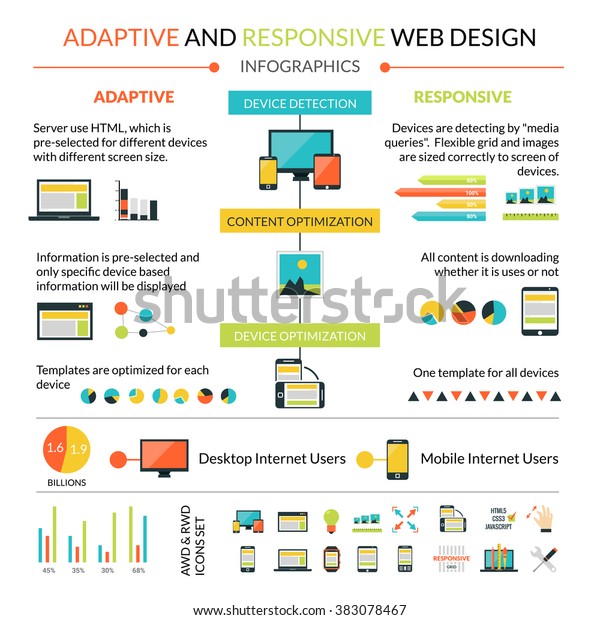Get Ready To Journey Via Time And Uncover Just How Sites Have Actually Ended Up Being Much More Sophisticated, Easy To Use, And Aesthetically Magnificent
Get Ready To Journey Via Time And Uncover Just How Sites Have Actually Ended Up Being Much More Sophisticated, Easy To Use, And Aesthetically Magnificent
Blog Article
Content Produce By-Kahn Peters
In the past, sites were simple and concentrated on details. Navigating was direct, and layout was for desktops. Now, individual experience is key. Information overviews styles for very easy navigating. Responsive designs fit different devices. Today, dark mode minimizes stress, and minimalist food selections improve navigating. Interactive attributes engage customers, and vibrant visuals stick out. AI integration boosts interaction. See how design has progressed to enhance your online trip.
Very Early Days of Website Design
In the very early days of web design, simpleness reigned supreme. Click Webpage were standard, with restricted shades, font styles, and designs. The focus got on providing info instead of showy visuals. Users accessed the net through slow dial-up connections, so rate and capability were crucial.
Navigating menus were straightforward, generally located at the top or side of the page. Internet sites were designed for computer, as mobile surfing wasn't yet widespread. Web content was king, and developers prioritized easy readability over complex design aspects.
HTML was the key coding language made use of, and developers had to function within its restrictions. Computer animations and interactive features were very little contrasted to today's requirements. Internet sites were static, with little vibrant material or individualized individual experiences.
Increase of User-Focused Layout
With the evolution of site layout, a shift in the direction of user-focused design concepts has actually ended up being progressively prominent. Today, developing internet sites that prioritize individual experience is essential for engaging visitors and achieving business goals. User-focused style involves recognizing the requirements, preferences, and habits of your target audience to tailor the site's layout, content, and features appropriately.
Designers currently carry out comprehensive research study, such as customer surveys and usability screening, to collect understandings and feedback straight from users. This data-driven technique helps in developing instinctive navigating, clear calls-to-action, and aesthetically attractive user interfaces that resonate with site visitors. By putting the individual at the center of the layout process, sites can supply an extra personalized and delightful experience.
Responsive design has likewise emerged as a crucial element of user-focused style, making certain that web sites are maximized for various gadgets and display dimensions. This flexibility improves availability and functionality, dealing with the varied methods customers connect with internet sites today. In essence, the rise of user-focused style indicates a change in the direction of creating digital experiences that focus on the demands and assumptions of completion customer.
Modern Trends in Web Design
Discover the latest fads forming web design today. One prominent pattern is dark mode style, supplying a sleek and modern look while decreasing eye stress in low-light settings. Another essential pattern is minimalist navigation, simplifying food selections and improving individual experience by focusing on essential elements. Incorporating micro-interactions, such as computer animated switches or scrolling results, can develop a more appealing and interactive website. Responsive style remains important, ensuring seamless customer experiences throughout various tools. In addition, utilizing vibrant typography and unbalanced layouts can include visual interest and accentuate specific material.
Integrating AI modern technology, like chatbots for consumer assistance or customized recommendations, improves customer involvement and simplifies procedures. Availability has additionally come to be a significant fad, with developers focusing on inclusive style practices to accommodate diverse user requirements. Welcoming sustainability by enhancing website efficiency for rate and performance is an additional arising pattern in website design. Teaming up with individual responses and information analytics to repeat and improve layout continuously is vital for staying pertinent in the ever-evolving electronic landscape. By welcoming these contemporary patterns, you can create an aesthetically attractive, straightforward website that reverberates with your target market.
Final thought
As you reflect on the evolution of website layout from the early days to now, you can see exactly how user-focused style has come to be the driving force behind modern-day trends.
Welcome the journey of adjustment and adjustment in website design, always keeping the customer experience at the center.
Tippingpointdigital
Stay existing with the most recent trends and modern technologies, and never ever stop developing your strategy to develop visually stunning and easy to use internet sites.
Progress, adjust, and create - the future of web design remains in your hands.
